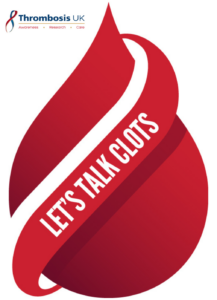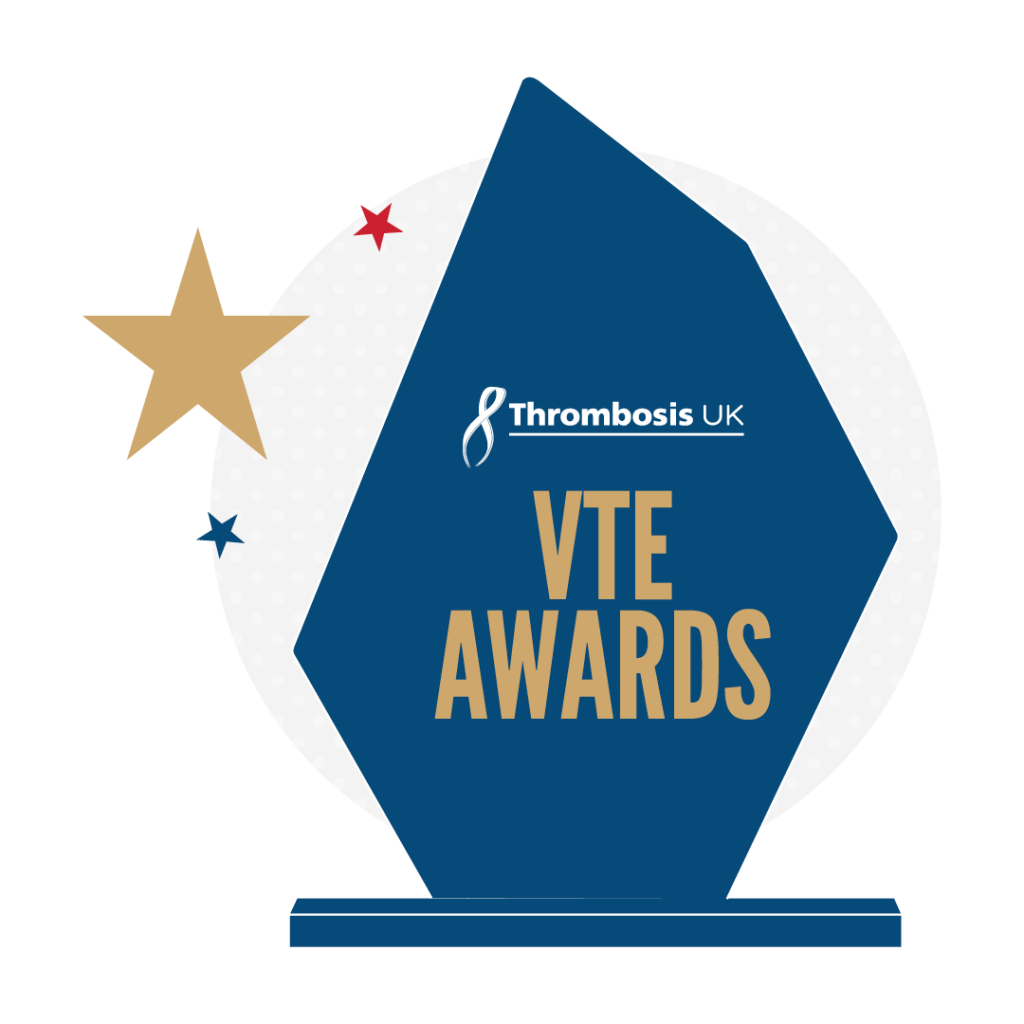 I was 31, a busy mum of four, and six weeks into my nurse training when I woke up with pain in my lower right chest. It felt like I’d pulled a muscle, so I brushed it off. But over the next few days, the pain worsened, moving into my back.
I was 31, a busy mum of four, and six weeks into my nurse training when I woke up with pain in my lower right chest. It felt like I’d pulled a muscle, so I brushed it off. But over the next few days, the pain worsened, moving into my back.
I went to my GP, who did a full check-up. My chest was clear, I had no shortness of breath, and my oxygen levels were normal. I told him I was worried about a pulmonary embolism (PE) because I had just started the pill. He reassured me it wasn’t a clot—it was likely costochondritis (rib inflammation). I went home with instructions to take ibuprofen and paracetamol.
Two days later, the pain had intensified. I was using heat pads and taking painkillers, but nothing helped. Back to the GP. This time, I was short of breath and had developed a cough, but my oxygen levels were still normal. Again, I mentioned the pill. Again, I was dismissed. I was diagnosed with pleurisy and sent home with antibiotics and stronger painkillers.
Over the weekend, I was in so much pain I could barely move. Lying down was agony, it felt like a red-hot poker was being held against my back. I should have gone to A&E, but I didn’t want to waste anyone’s time. That night with a sense of impending doom, I went to bed terrified I wouldn’t wake up.
By Monday morning, I was coughing up blood and struggling to breathe. My GP finally referred me to the hospital. After hours of waiting, blood tests showed my d-dimer, a test to see if the body is breaking down clots, was 5854 (normal is under 500). Even then, I was diagnosed with pneumonia and sent home with more antibiotics. I questioned again the diagnosed, it just didn’t make sense to me, but exhausted I went home reassured after being given a blood thinning injection. The next day, I returned a for a CT scan, barely able to sit in the plastic chair. After 8 hours they finally scanned me and found extensive bilateral pulmonary embolism – multiple clots in both lungs. I was admitted immediately.
I was totally drained of energy I couldn’t even look at my phone or send an email I was so weak. The pain took days to come under control, I fainted at one point it was so intense. I was discharged on Warfarin (a blood thinner) four days later, but recovery took months. I had on-going chest pain which was dismissed as “musculoskeletal” or “psychological,” but I went back to my nursing studies and tried to return to normal life.
Eight years later, after having COVID-19, I developed calf pain. Knowing my history, I went to A&E but was met with scepticism — no swelling, redness, or heat so definitely not a blood clot! My d-dimer was high again, and the next day an ultrasound confirmed a deep vein thrombosis (DVT) for which I received treatment and recovered very quickly. But I’m convinced that had I not had a previous clot I would have been sent home without investigation, a really scary thought.
Since then, I’ve been on and off blood thinners, finally diagnosed with a protein S deficiency, an inherited clotting disorder, meaning lifelong medication. But my biggest worry is for my children. I might have passed this condition on to them putting them at high risk, especially my girls if they become pregnant.
My story highlights that blood clots can happen to anyone, even without classic symptoms. I was dismissed multiple times, despite raising my concerns. My PE could have been fatal leaving my young children without their Mum, had it been recognised my recovery might have been quicker and easier. I wish I’d pushed harder, but healthcare professionals also need to listen – because early detection can be lifesaving.
Natalie’s story shows the importance of assessment and investigation for blood clots. If a clot is suspected, anticoagulation (blood thinning medication) should be given to reduce the risk of the clot getting larger or any part of it breaking off.








